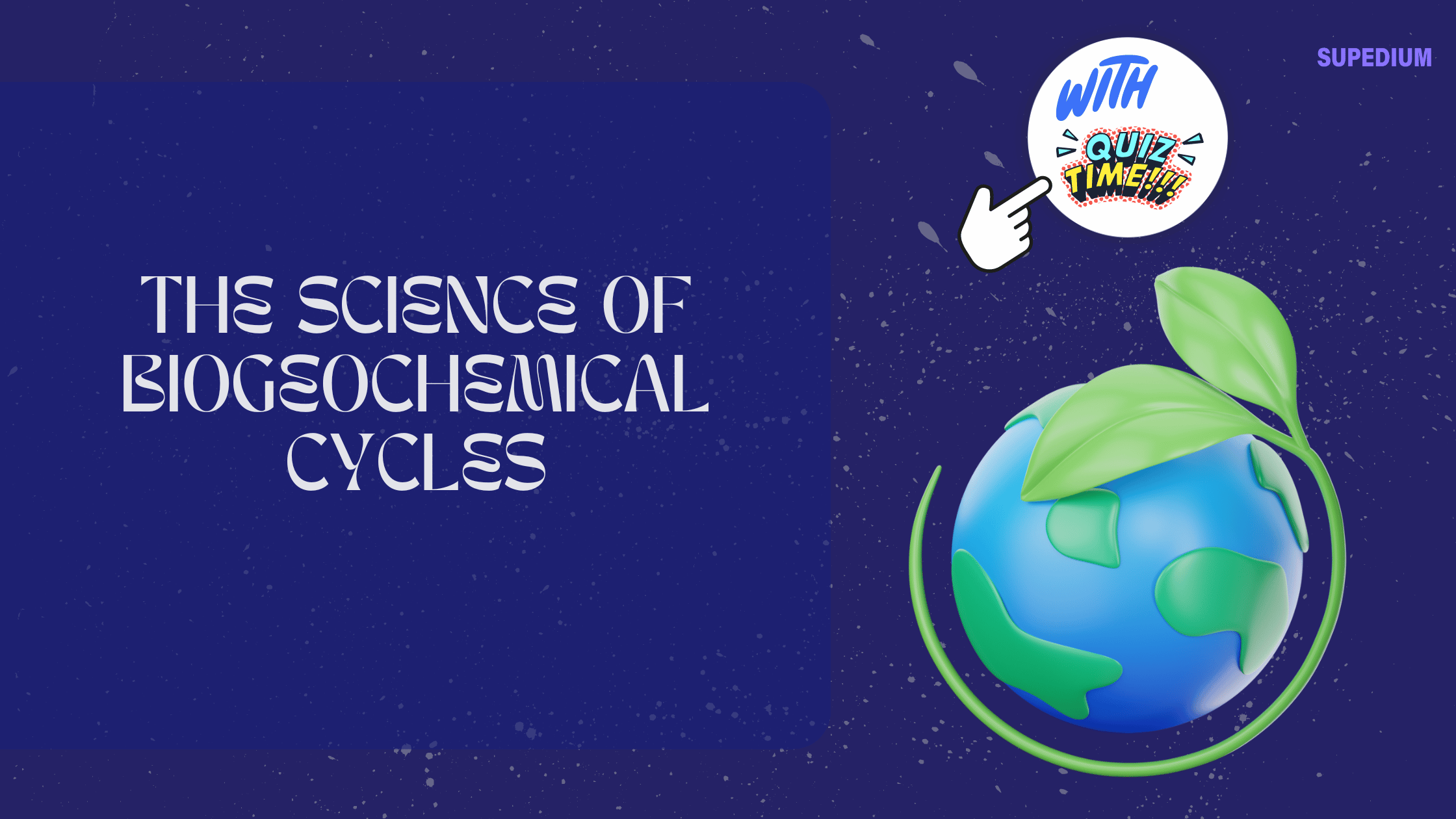Table of Contents
![]()
I. Introduction
Blockchain Technology is a revolutionary form of Distributed Ledger Technology (DLT) that enables secure, transparent, and decentralized record-keeping. Its unique features—decentralization, transparency, and security—make it a foundational technology for numerous applications.
Web3, on the other hand, represents the next evolution of the internet. It seeks to transition from the current web model, Web2, characterized by centralized platforms and intermediaries, to a more decentralized and user-empowered model. Web3 aims to enhance user ownership, control, and interoperability across digital platforms.
II. Fundamentals of Blockchain Technology
A. Core Concepts
At its core, blockchain technology consists of a chain of blocks, each containing a set of transactions. These blocks are linked together in a sequential manner, forming a continuous and immutable chain. Each block is secured through cryptographic hash functions, which ensure that data integrity is maintained and any tampering is easily detectable.
Consensus mechanisms are essential to blockchain networks. They ensure that all participants agree on the state of the blockchain. Major consensus mechanisms include:
- Proof of Work (PoW): Requires participants (miners) to solve complex mathematical problems to validate transactions and create new blocks.
- Proof of Stake (PoS): Participants are chosen to validate transactions based on the number of tokens they hold and are willing to “stake” as collateral.
- Delegated Proof of Stake (DPoS): A variation where stakeholders elect delegates who are responsible for validating transactions and maintaining the blockchain.
B. Types of Blockchains
- Public Blockchains: Open and accessible to anyone. Examples include Bitcoin and Ethereum, where anyone can join the network and participate in transaction validation.
- Private Blockchains: Restricted to a specific group of participants. They are commonly used within organizations for internal record-keeping. Examples include Hyperledger Fabric.
- Consortium Blockchains: Governed by a group of organizations rather than a single entity. These are often used in industry collaborations to improve transparency and efficiency.
C. Smart Contracts
Smart contracts are self-executing contracts with the terms of the agreement directly written into code. They automatically enforce and execute the terms of a contract when predefined conditions are met. For example, a smart contract could be used to automate the payment process once goods are delivered, without requiring intermediaries.
D. Blockchain Consensus Mechanisms
- Proof of Work (PoW): Used by Bitcoin and Ethereum (pre-Merge), it involves solving computational puzzles to validate transactions. It is energy-intensive but provides robust security.
- Proof of Stake (PoS): Used by Ethereum post-Merge, it involves validators being chosen based on the amount of cryptocurrency they hold and stake. It is more energy-efficient than PoW.
- Delegated Proof of Stake (DPoS): Involves token holders electing delegates to validate transactions. It aims to improve scalability and speed.
- Other Mechanisms: Include Proof of Authority (PoA), where a small number of trusted nodes validate transactions, and Byzantine Fault Tolerance (BFT), which is designed to handle failures and malicious behavior.
III. Web3 Conceptual Framework
A. Evolution of the Web
- Web1: The early web, characterized by static pages where users could only view content.
- Web2: The interactive web, characterized by dynamic content and user-generated data. Platforms like Facebook, Twitter, and YouTube emerged, centralizing data and control.
- Web3: The decentralized web, aimed at reducing reliance on centralized intermediaries. It emphasizes user ownership and control of data, using blockchain technology and decentralized protocols.
B. Key Characteristics of Web3
- Decentralization: Unlike Web2, Web3 does not rely on central servers or authorities. Instead, it uses decentralized networks to distribute control and data.
- Ownership and Control: Users have control over their data and digital assets, which are represented as tokens or NFTs on the blockchain.
- Interoperability: Web3 aims to ensure seamless interaction between different platforms and services, allowing users to move assets and data across the web effortlessly.
- Native Cryptocurrencies and Tokens: Digital assets like cryptocurrencies (e.g., Ether) and tokens represent value and can be used for transactions, governance, or accessing services.
C. Technologies Enabling Web3
- Blockchain Technology: Provides the foundation for decentralized data storage and security.
- Decentralized Applications (dApps): Applications that run on a decentralized network, rather than a central server. They interact with smart contracts to offer services and functionalities without intermediaries.
- Decentralized Autonomous Organizations (DAOs): Entities governed by smart contracts, where decisions are made through collective voting by token holders. They represent a new model of organization and governance.
- Interoperability Protocols: Technologies like Polkadot and Cosmos enable different blockchains to communicate and interact with each other, fostering a more interconnected ecosystem.
IV. Use Cases and Applications
A. Financial Sector
- Cryptocurrencies: Bitcoin and Ethereum are the most well-known examples. They offer alternatives to traditional financial systems and provide ways to transfer value without intermediaries.
- Decentralized Finance (DeFi): A sector within Web3 that replicates traditional financial services (lending, borrowing, trading) using blockchain technology. DeFi aims to increase accessibility and financial inclusion.
B. Supply Chain Management
Blockchain improves supply chain transparency by allowing every participant to track the provenance and status of goods. This traceability is crucial for industries such as food and pharmaceuticals, where authenticity and safety are paramount.
C. Digital Identity and Privacy
- Self-Sovereign Identity (SSI): Enables individuals to own and control their digital identity, reducing reliance on centralized identity providers.
- Privacy-Preserving Technologies: Technologies like Zero-Knowledge Proofs allow for the verification of information without revealing the actual data, enhancing privacy while maintaining trust.
D. NFTs and Digital Ownership
Non-Fungible Tokens (NFTs) represent unique digital assets. They have applications in art, gaming, and real estate, allowing creators and users to own, buy, and sell digital assets securely.
E. Governance and Voting
- Decentralized Voting Systems: Blockchain can facilitate secure and transparent voting processes, reducing the risk of fraud and increasing trust in electoral systems.
- DAOs and Community Governance: DAOs enable decentralized decision-making and governance, where community members vote on proposals and changes.
V. Challenges and Considerations
A. Technical Challenges
- Scalability: Blockchain networks face limitations in transaction throughput and speed. Solutions such as Layer 2 technologies (e.g., Rollups) are being developed to address these issues.
- Security and Privacy Concerns: While blockchain offers enhanced security, vulnerabilities can still exist, particularly in smart contracts and implementation.
- Integration with Legacy Systems: Incorporating blockchain into existing systems can be complex and require significant changes to infrastructure.
B. Regulatory and Legal Issues
- Compliance with Existing Laws: Blockchain applications must navigate varying regulations across jurisdictions, particularly concerning data protection and financial transactions.
- Intellectual Property and Smart Contracts: The legal status of smart contracts and intellectual property rights within the blockchain space remains an evolving area.
- Privacy Regulations: Compliance with regulations like GDPR poses challenges, particularly around data immutability and the right to be forgotten.
C. Adoption Barriers
- User Education and Awareness: Many users are still unfamiliar with blockchain and Web3 concepts, which can hinder adoption.
- Infrastructure and Accessibility: Building the necessary infrastructure and ensuring accessibility to blockchain technologies are crucial for widespread adoption.
- Network Effects and Ecosystem Development: The success of Web3 depends on the growth of a robust ecosystem, including developers, users, and service providers.
VI. Future Trends and Developments
A. Advancements in Blockchain Technology
- Emerging Consensus Mechanisms: Innovations in consensus algorithms aim to improve scalability, security, and energy efficiency.
- Layer 2 Solutions: Technologies like Rollups and State Channels are designed to enhance the scalability of blockchain networks by processing transactions off-chain.
B. Web3 Ecosystem Growth
- Expansion of dApps and Services: The growth of decentralized applications will drive further innovation and adoption in various sectors.
- Cross-Chain and Interoperability Solutions: Increased focus on interoperability will enable seamless interaction between different blockchain networks.
C. Potential Impact on Industries and Society
- Disruption of Traditional Business Models: Web3 has the potential to transform industries by providing more decentralized and user-centric models.
- Societal Implications of Decentralization: The shift towards decentralized systems may alter power dynamics and influence how individuals and organizations interact.
VII. Conclusion
Blockchain technology and Web3 represent significant advancements in the digital landscape. Blockchain’s secure and transparent nature, combined with Web3’s focus on decentralization and user empowerment, has the potential to reshape various aspects of our digital interactions. While challenges remain, the ongoing development and adoption of these technologies promise to drive innovation and offer new possibilities for the future.
As we move forward, understanding and navigating the complexities of blockchain and Web3 will be crucial for leveraging their full potential and addressing the emerging challenges and opportunities in this evolving space.
Share This





Be the first to comment